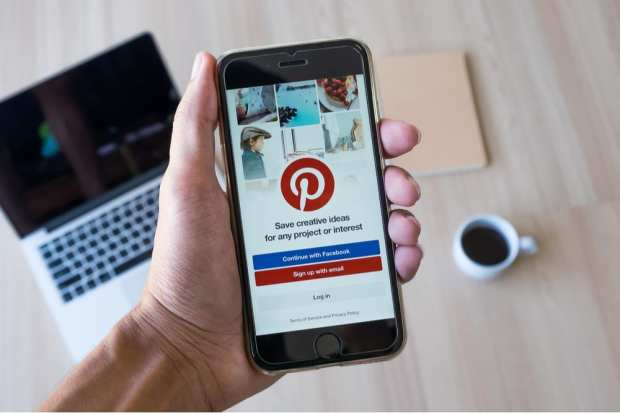Pinterest Sees Increase In Advertiser Late Payments

Pinterest, the popular image-sharing board, is trying to balance its need for revenue while also trying to maintain a space for cash-strapped advertisers to utilize, The Wall Street Journal reported.
The advertisers, mainly retailers and packaged-good companies, have been asking San Francisco-based Pinterest for extensions on ad payments recently, leaving the website in a bind as it tries to continue making a profit.
Pinterest, according to WSJ, has not granted the extensions as of yet, but it has discussed the matter with several of the clients in more extreme circumstances, CFO Todd Morgenfeld said.
“On both sides of that equation, there are opportunities and risks,” he said, according to WSJ. “We’ve had a lot of dialogue around things like payment extensions that I’ve tried to turn from tactical conversations into relationship-building conversations.”
To hopefully retain some key advertisers, the company plans to begin sharing more analytics on how customers use the platform, to show how the advertising translates to sales numbers, WSJ reports. Analysts quoted by WSJ said that keeping existing advertisers is often easier than attracting new ones, and that many advertisers are reticent to spend much on ads if they don’t have proof the ads are working.
As people have been stuck inside during the pandemic, often turning to social media for a dose of human interaction, Pinterest has reaped the benefits — along with other popular platforms — as brands push new initiatives and deals through social media.
But the company’s ad-related problems seemed to have started in the pre-pandemic days. The average days sales outstanding, meaning the time between a sale and a payment, was 88.68 in March, according to data from CreditRiskMonitor, which provides commercial credit reports. The number is up from a 60.09 day average last December.
Pinterest has taken a loss of $141 million for the quarter ending March 31, higher than it expected, WSJ reports. Global average revenue per user came out to 77 cents for that quarter, 7 percent higher year-over-year, and the revenues for the quarter were better than expected overall. Pinterest has 367 million users worldwide, an increase from last year.
